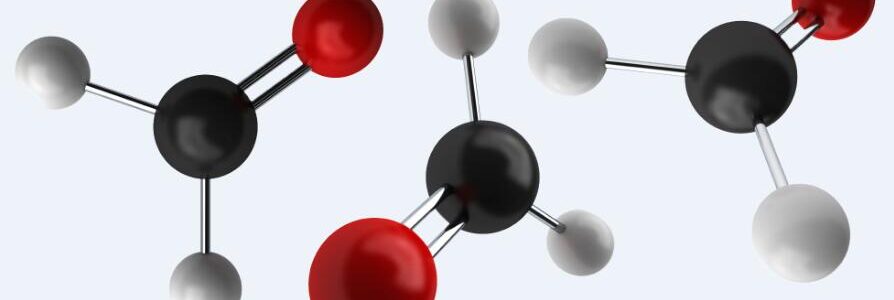Политетрафторэтилен (ПТФЭ) is very non-reactive and is often used in containers holding reactive and corrosive chemicals. According to DuPont, its melting point is 600 K (327 °C; 620 °F). It maintains high strength, toughness and self-lubrication at low temperatures down to 5 K (-268.15 °C; -450.67 °F), and good flexibility at temperatures above 194 K (-79 °C; -110 °F). Certain alkali metals and fluorinating agents such as xenon difluoride and cobalt(III) fluoride can damage PTFE, but otherwise it is highly resistant.
Why do people claim the van der Waals forces in PTFE are weak?
van der Waals dispersion forces are caused by temporary fluctuating dipoles set up as electrons in the molecules move around. Since PTFE molecules are large, you would expect the dispersion forces to be large as well, because there are a lot of electrons which can move.
It is generally the case that the bigger the molecule, the greater the dispersion forces.
However, there is a problem with PTFE. Fluorine is so electronegative that it tends to hold the electrons in the carbon-fluorine bonds closely to itself – so closely that the electrons are prevented from moving as much as you would expect. We describe the carbon-fluorine bonds as not being very polarisable.
van der Waals forces also include dipole-dipole interactions. But in PTFE each molecule is sheathed in a layer of slightly negative fluorine atoms. The only interactions possible between molecules in this case are repulsions!
So the dispersion forces are weaker than you might expect, and dipole-dipole interactions are going to tend to cause repulsion. It is no wonder that people claim that van der Waals forces are weak in PTFE. You don’t actually get repulsion because the effect of the dispersion forces outweighs that of the dipole-dipole interactions, but the net effect is that the van der Waals forces will tend to be weak.
And yet PTFE has a high melting point, and so the forces holding the molecules together must be strong.
How can PTFE have a high melting point?
PTFE is very crystalline in the sense that there are large areas where the molecules are lying in a very regular arrangement. Remember that PTFE molecules can be thought of as long thin rods. These rods will pack very closely together.
That means that although PTFE molecules can’t generate really big temporary dipoles, the dipoles that are produced can be used extremely effectively.
So are the van der Waals forces in PTFE weak or strong?
I think you could argue it both ways! If you had PTFE chains arranged in such a way that the chains didn’t have much close contact, then the forces between them would be weak, and the melting point would be low.
But in the real world, the molecules are closely touching. The van der Waals forces may not be as strong as they could be, but the structure of the PTFE means that they are felt to the maximum effect, producing overall strong intermolecular bonding and a high melting point.
Non-stick properties and friction
Virtually every site that I have looked at treats the relative lack of friction of PTFE and its non-stick properties as if they were the same effect. I don’t think that’s true.
The non-stick properties
This is about why things like water and oil don’t stick to the surface of PTFE, and why you can fry an egg in a PTFE-coated pan without lots of it ending up stuck to the pan.
You need to consider what forces might hold other molecules to the PTFE surface. Possibilities might include some sort of chemical bonding, van der Waals forces or hydrogen bonds.
Chemical bonding
Carbon-fluorine bonds are very strong, and there is no way that any other molecule could get at the carbon chain to enable any sort of substitution reaction to take place. No sort of chemical bonding could take place.
van der Waals forces
We’ve seen that the van der Waals forces in PTFE aren’t very strong, and only work to give PTFE a high melting point because the molecules lie so close together and there is very effective contact between them.
But it is different for other molecules approaching the surface of the PTFE. A relatively small molecule (like a water or an oil molecule) will only have a small amount of contact with the surface, and will only produce a small amount of van der Waals attraction.
A large molecule (like a protein, for example) isn’t going to be rod-like and so, again, there isn’t going to be enough effective contact between it and the surface to overcome the low tendency of the PTFE to polarise.
The low friction
PTFE has a very low coefficient of friction. What this means is that if you have a surface coated with PTFE, other things will slide on it very easily.
What follows is just a quick summary of what is happening. This comes from a 1992 paper called Friction and wear of PTFE – a review which is available free from this link.
At the start of sliding, the surface of the PTFE fractures, and lumps are transfered to whatever it is sliding against.



Heya i am for the primary time here. I found this board and I in finding It really helpful & it helped me out a lot.
I hope to give something again and help others such as you
helped me.